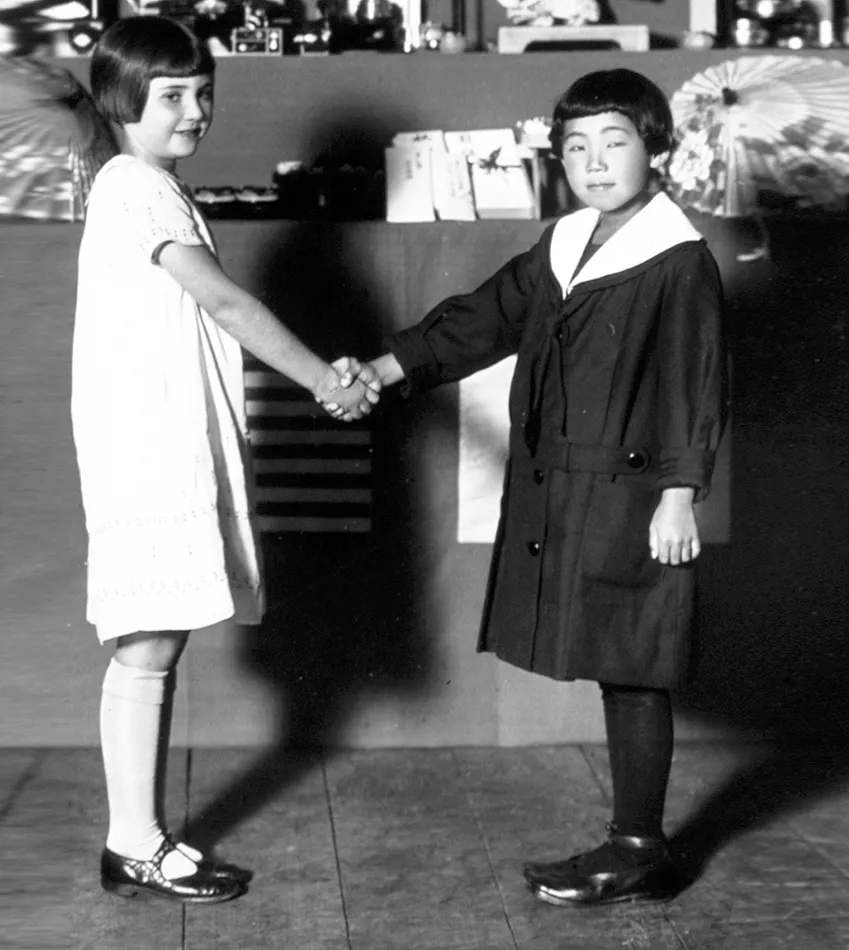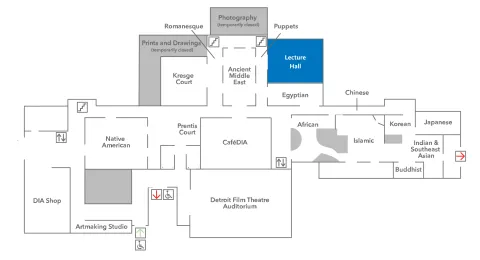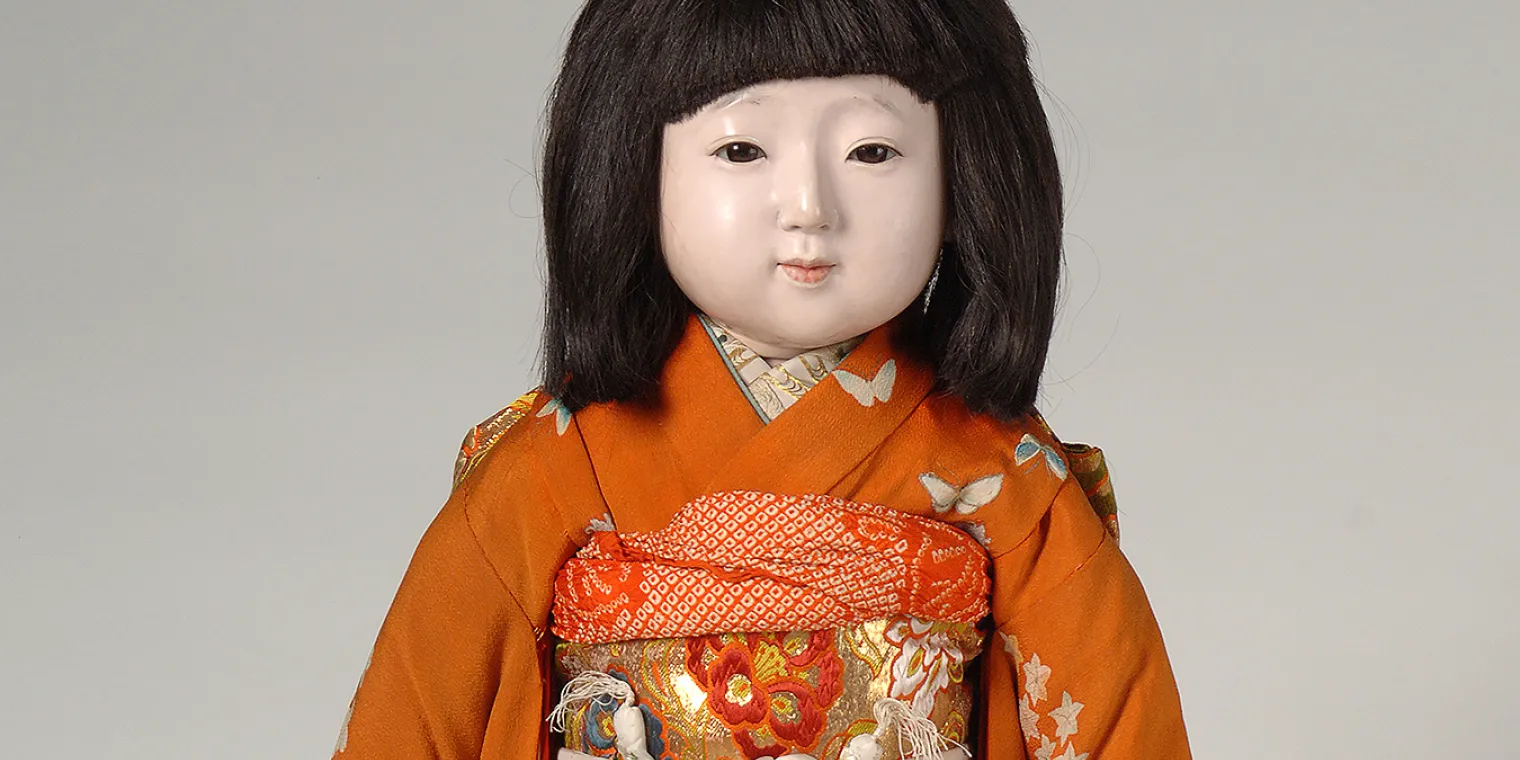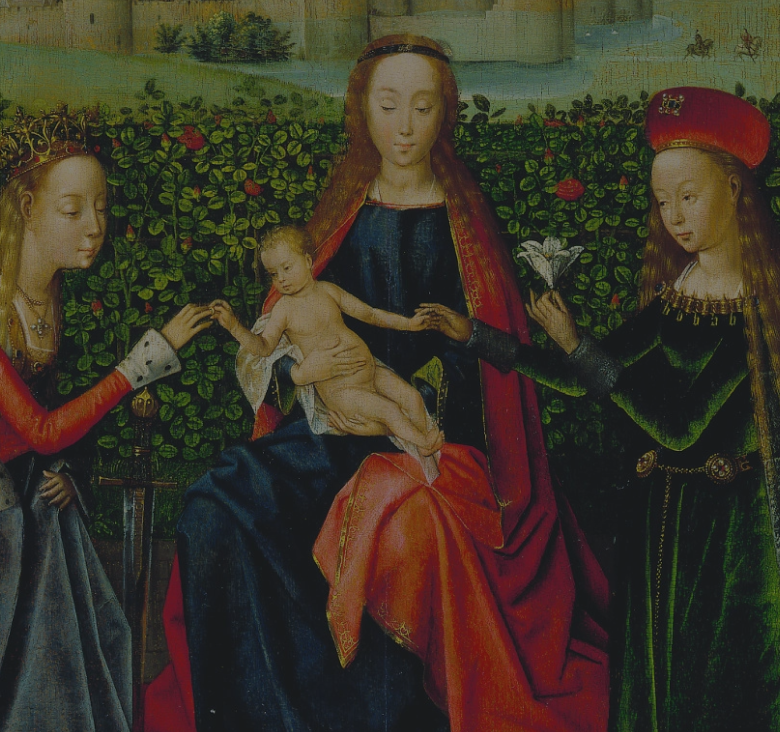
Dolls and Diplomacy: The Japanese Friendship Dolls of 1927
Ticket Details
Lecture Hall

Join author Alan Scott Pate for a presentation about a unique moment in Japanese-American history and the fine art of doll-making. In the late 1920s, during a time of escalating tensions between the US and Japan, two friends—Japanese business leader Eiichi Shibusawa and American educator Sidney Gulick—developed a program for children in each country to exchange dolls as a gesture of friendship and cultural understanding.
The American children sent more than 12,000 dolls, mass-produced but carefully customized for the program down to passports and train tickets, to their Japanese counterparts, who responded with 58 ichimatsu Friendship Dolls. Meticulously crafted by master artists, the Friendship Dolls were made to be ambassadors, each one as unique as the prefecture they represented.
Alan Scott Pate is a noted authority on the history of Japanese dolls, known as ningyo. His publications include Ningyo: The Art of the Japanese Doll (2005) and Art as Ambassador: The Japanese Friendship Dolls of 1927 (2015).
This lecture is made possible with support from the Japanese Business Society of Detroit Foundation and the Audley M. Grossman Puppetry Fund.
Dolls and Diplomacy: The Japanese Friendship Dolls of 1927
Ticket Details
Lecture Hall



